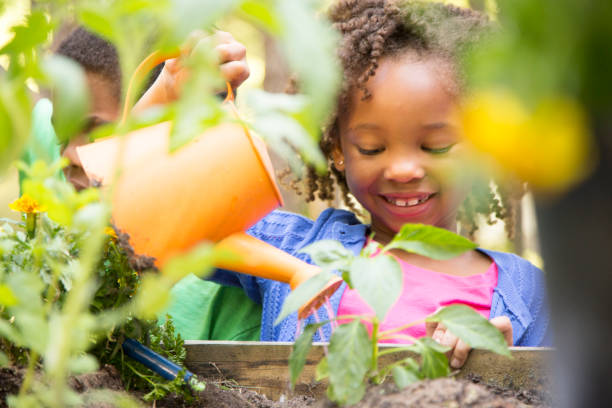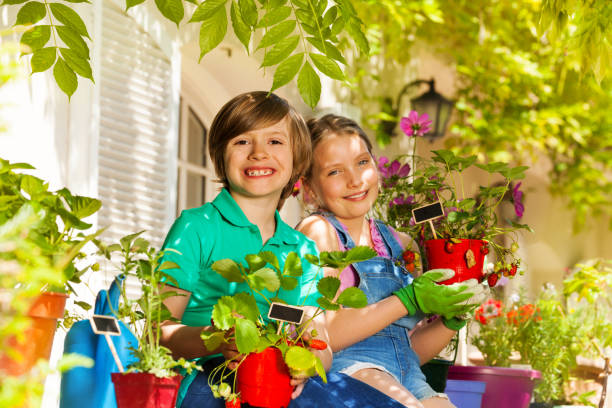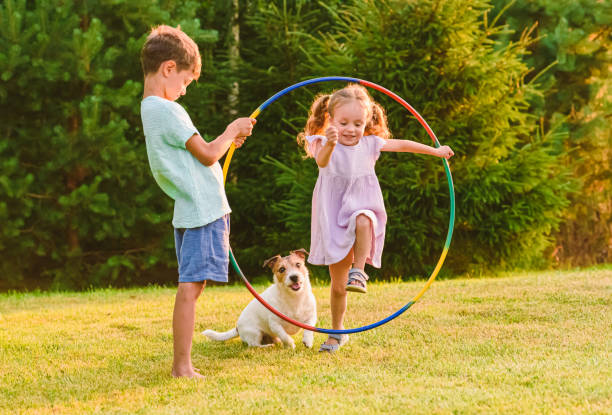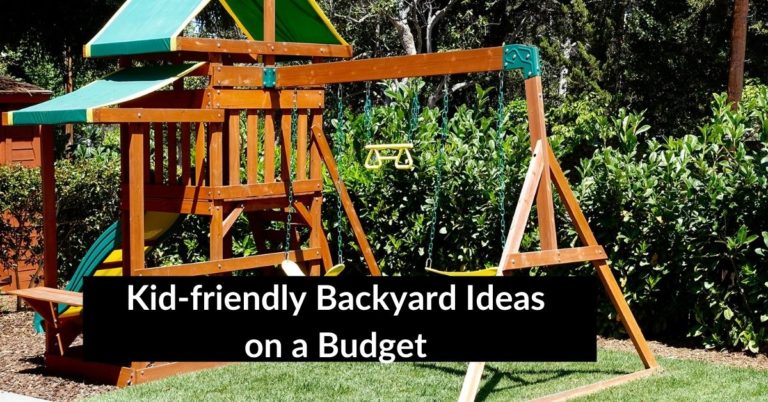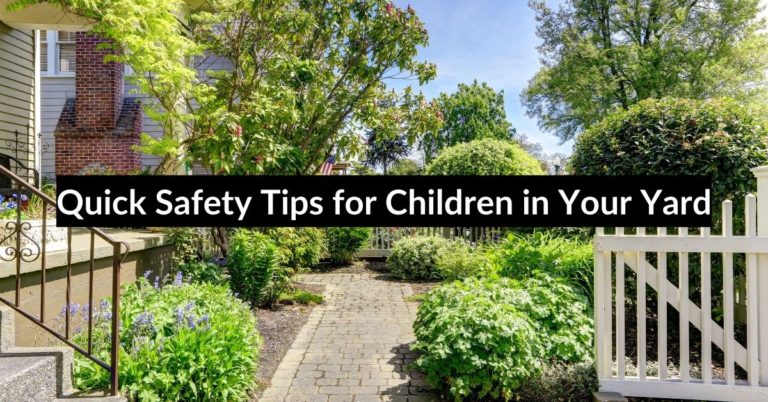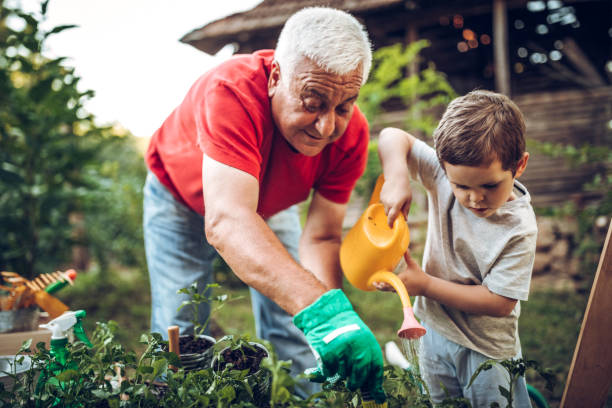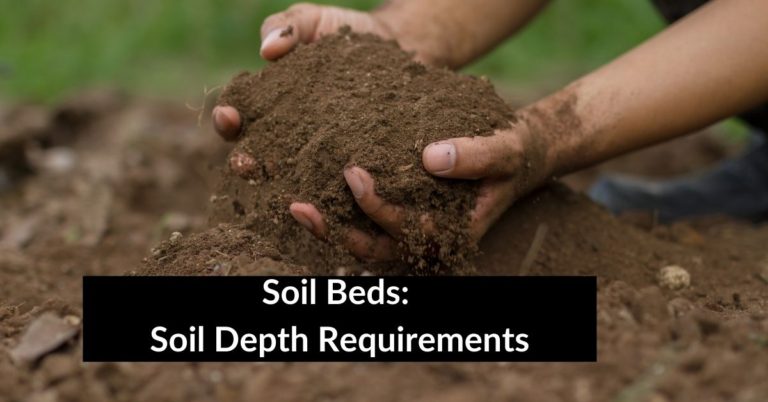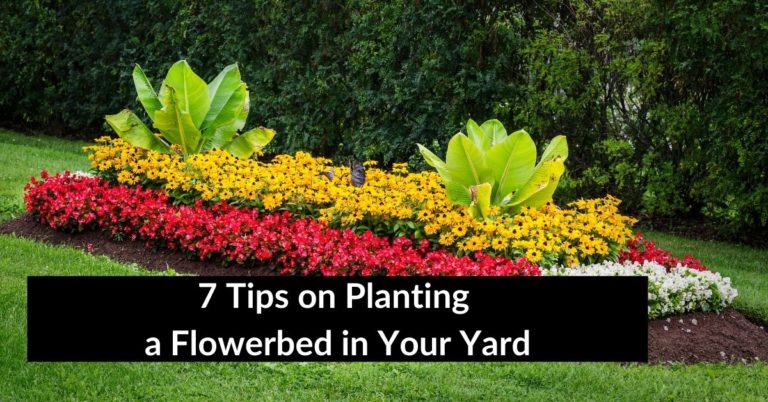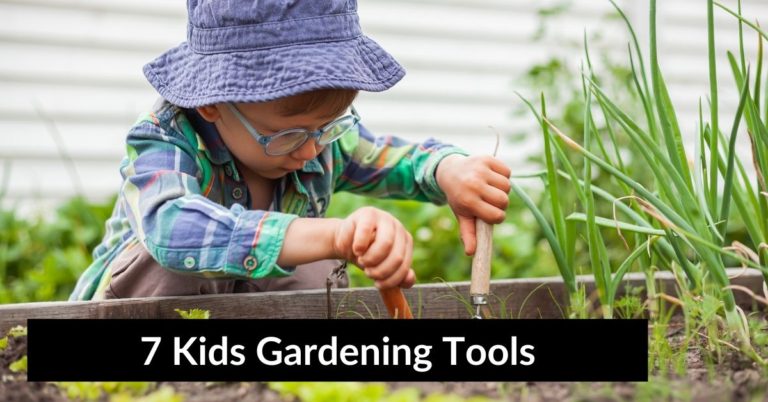Quick Tips for Designing a Beautiful Children’s Garden
This post contains affiliate links. This means I will make a commission at no extra cost to you should you click through and make a purchase. Read the full disclosure here.
At Yard A – Z, we believe that every child should have the opportunity to enjoy a beautiful and engaging outdoor space. With our experience in designing children’s gardens, we have found that there are certain tips and tricks that can help make the process smoother and more successful. In this article, we will share our insights and strategies for designing a beautiful children’s garden that can provide endless hours of fun and learning for children of all ages.
Consider the age and interests of the children
The first step in designing a children’s garden is to consider the age and interests of the children who will be using it. A garden designed for preschoolers will look different from one designed for older children. Younger children will enjoy sensory experiences such as touching and smelling plants, while older children may prefer activities such as gardening, bird watching, and nature walks.
Include a variety of plants
A children’s garden should include a variety of plants that can provide different sensory experiences. For example, herbs such as lavender, mint, and basil can be used for sensory activities such as smelling and tasting. Brightly colored flowers such as marigolds and zinnias can add visual interest, while butterfly and hummingbird plants can attract wildlife.
Provide opportunities for exploration and discovery
Children love to explore and discover new things, and a garden can provide endless opportunities for these activities. Consider including a sensory path with different textures and surfaces, a butterfly garden, a birdhouse or bird feeder, and a rock or fossil garden.
Incorporate natural elements
Incorporating natural elements such as rocks, logs, and water features can add visual interest and provide opportunities for children to engage with the natural environment. A small pond or water feature can attract wildlife such as frogs and birds, while logs and stumps can be used as seating or climbing structures.
Make it accessible
When designing a children’s garden, it is important to make it accessible for all children, including those with disabilities. Consider installing wheelchair ramps, wide pathways, and raised garden beds that can be easily accessed by children in wheelchairs or with mobility issues.
Provide opportunities for learning
A children’s garden can also be a valuable educational resource, providing opportunities for children to learn about plants, insects, and the natural world. Consider incorporating signage and educational materials throughout the garden, as well as providing opportunities for hands-on learning activities such as planting and harvesting vegetables.
Make it fun!
Finally, a children’s garden should be a fun and engaging space that children will want to visit again and again. Consider including elements such as a sandbox, a treehouse or fort, and a fairy garden to spark children’s imaginations and provide endless hours of fun.
Bottom Line
In conclusion, designing a beautiful children’s garden requires careful consideration of the age and interests of the children, a variety of plants and natural elements, opportunities for exploration and learning, and an element of fun. By following these tips and strategies, you can create a space that will provide endless hours of fun and learning for children of all ages.

